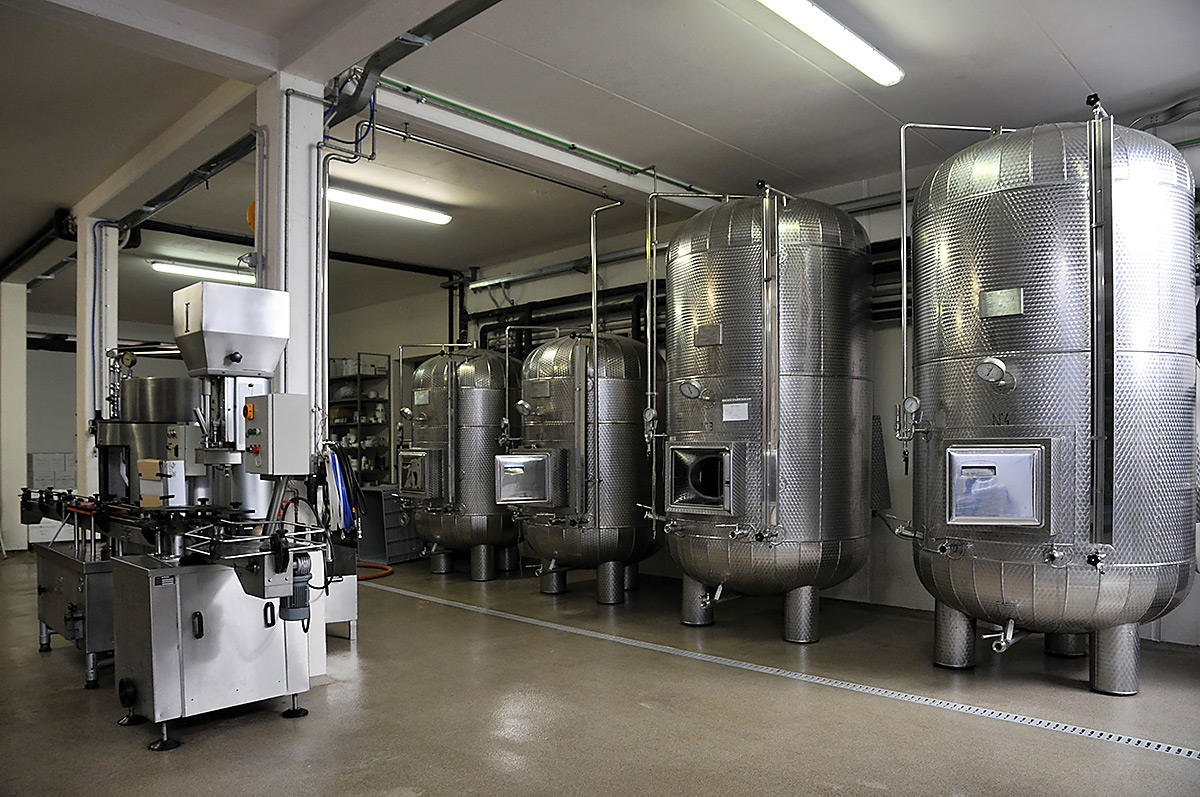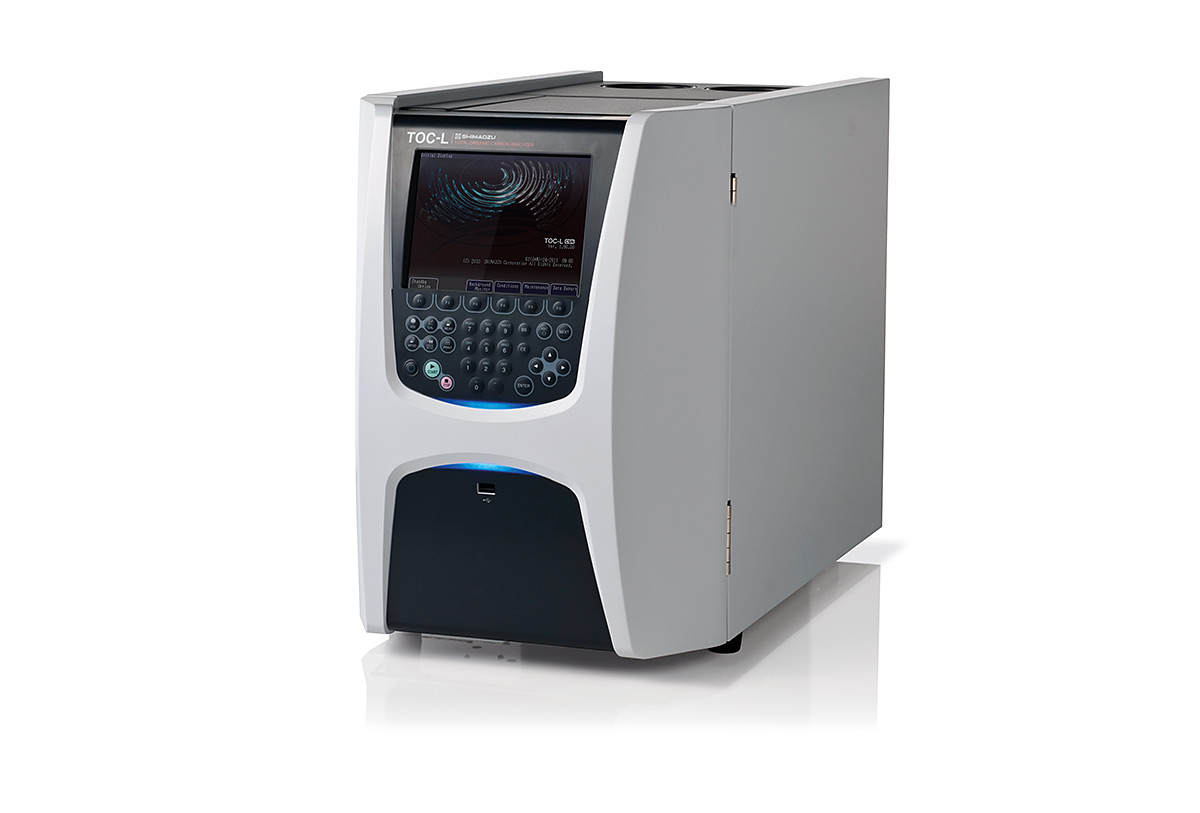How clean is clean?
Cleaning validation in the food industry

For decades, cleaning validation has been an established method in the pharmaceutical industry. It refers to the effective cleaning of pharmaceutical production equipment such as reactors or fermenters. Cleaning validation is also applied increasingly in production and processing in the food industry.
Drugs are often manufactured in discontinuous production processes. As soon as a batch of the active ingredient is sent to processing, the production equipment used is already being cleaned so that the next batch can be produced. The actual cleaning process is very strictly specified and is subsequently validated analytically, whereby a sample from the production equipment is analyzed for specific parameters. As long as a specific limit value is not exceeded, the production equipment is considered to be clean and can be used again. This process is called cleaning validation.
There is also great interest in cleaning validation of equipment used in the production or processing of foods in the food industry. The IFS Food (International Featured Standards for the assessment of food quality and safety), for instance, requires validation of the effectiveness of cleaning measures according to a specified sampling scheme using suitable methods [1].
But what are these suitable methods?
Single-substance analysis is widely practiced in the pharmaceutical industry. For instance, it is possible to analyze a particular active substance in rinsing water. However, various sum parameters, such as electrical conductivity or TOC, are established as well.
The TOC (Total Organic Carbon) can detect all the carbon present in organic compounds in one single analysis and is, therefore, particularly suitable for the determination of contamination by organic compounds.
Different methods are used for TOC analysis. In most widely used methods, the sample is first treated with acid in order to eliminate inorganic compounds such as carbonates and hydrogen carbonates. These are converted to CO2 and are then purged using a sparging gas. Subsequently, an aliquot of the sample is injected onto a hot platinum catalyst. The organic substances are oxidized into CO2 and transferred via a carrier gas to an NDIR detector where they are detected.
Single-substance analysis versus TOC
Compared to the more complex single-substance analysis, TOC determination for cleaning validation has several advantages. TOC determination is quick and simple; it takes just a few minutes. In addition, no lengthy sample preparation is required. All that is needed is a TOC analyzer and only small amounts of a 1-molar hydrochloric acid solution.
Furthermore, TOC analysis not only detects an individual compound but a multitude of compounds and is, therefore, product-independent and highly flexible. When different products are being manufactured by one company or in one production system, TOC determination can be carried out for all products as long as they contain organic compounds. Foods are generally not considered as pure substances but to contain different organic compounds such as carbohydrates, fats or proteins. TOC analysis also detects surfactants that are used for cleaning, next to the actual product.
Proven methods for production equipment validation
Two sampling methods for production equipment validation have become established:
• direct sampling and
• indirect sampling.
Direct sampling is carried out using the swab test. This involves careful wiping of a defined, accurately measured surface of the production equipment using a swab. The swab is subsequently extracted in a vial containing ultrapure water. The extract is analyzed for its TOC content. In swab analysis, the results are usually expressed in mg/cm2.
The advantage of the swab method is the very accurate examination of small and particularly critical areas. Due to the generally small extraction volume, lower detection limits can be achieved, compared to the final-rinse method with which a considerably larger area of the production equipment can be evaluated. TOC determination via the swab method is more time-consuming and is only used for smaller parts of the entire production system.
In the indirect sampling method, a final rinse with water is carried out after cleaning. This final rinse water is subsequently analyzed. The advantage of the final-rinse method clearly lies in its speed. All that is needed is decanting and analyzing of the final rinse water.
In practice, a combination of the swab method and the final-rinse method is mostly used in cleaning validation. In this way, the entire production system as well as specific critical areas can be analyzed with the highest possible sensitivity.
Two methods, one analyzer
Rinsing water and swab extracts can be examined using a TOC analyzer. Modern analyzers such as Shimadzu’s TOC-L series automatically take over sample preparation (acidification and sparging). For high sample throughputs, sample preparation can already be carried out in the autosampler, saving much time. The systems are equipped with a highly effective platinum catalyst operating at a combustion temperature of 680 °C. A special syringe unit enables automated dilution of the samples when the calibration range is exceeded. Standards are also diluted automatically to create calibration curves in equidistant concentration intervals.
 TOC-L
TOC-L
However, cleaning validation via TOC determination also has limitations. It is only useful if the organic compounds are water-soluble. The use of organic solvents, for instance to dissolve lipophilic compounds (such as fats) is excluded by definition. Here, a diluted sodium hydroxide solution is used in a limited number of cases.
In addition to the food industry, cleaning validation is also important in other industries such as in the production of cosmetics or cleaning agents. Especially in contract manufacturing, such as in the production of private brands or for contract manufacturing in the field of crop protection products, cleaning validation can be an invaluable tool for quality control.
Read for you
‘Nachrichten aus der Chemie’ 9/2015
Literature
[1] International Featured Standards – IFS Food – Version 6 (January 2012), 4.10 “Cleaning and disinfection“